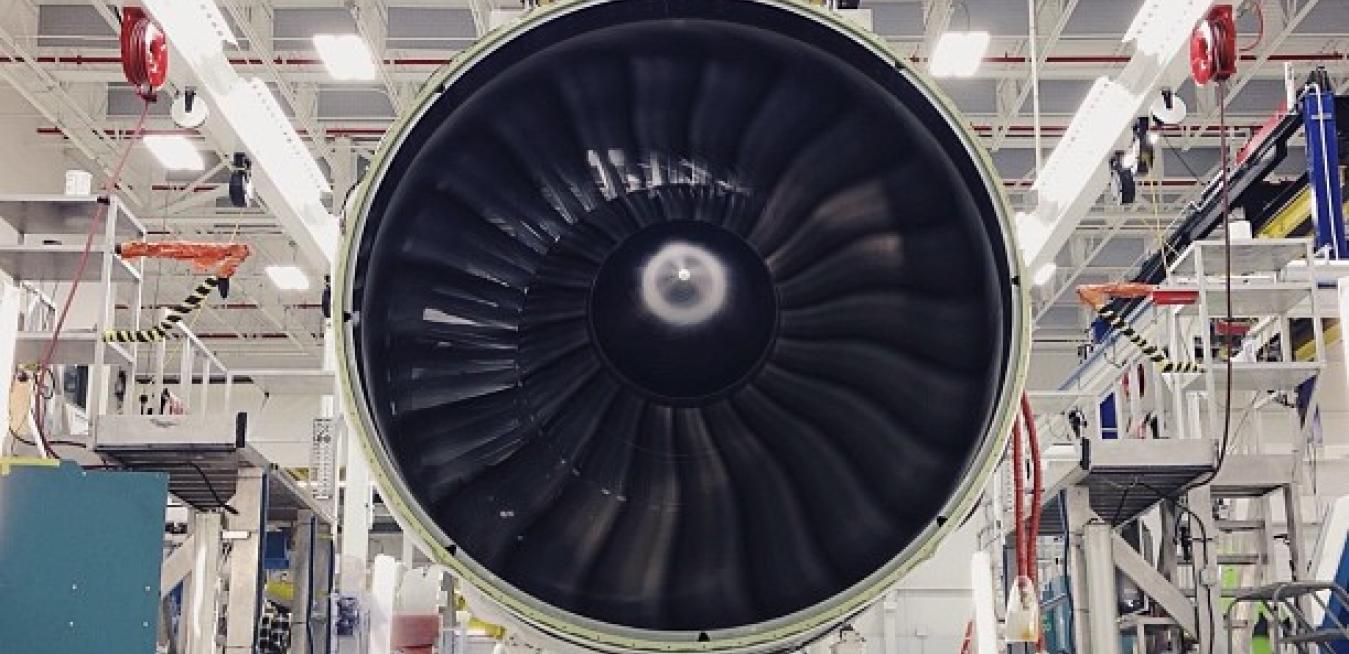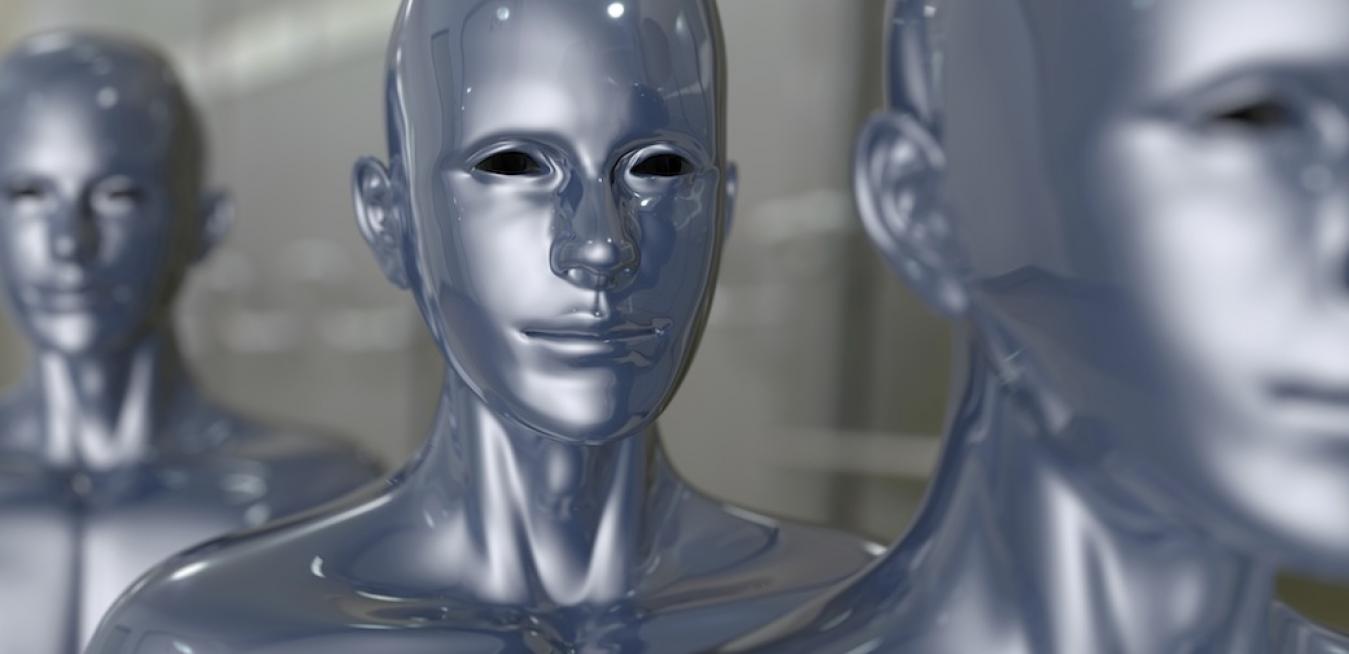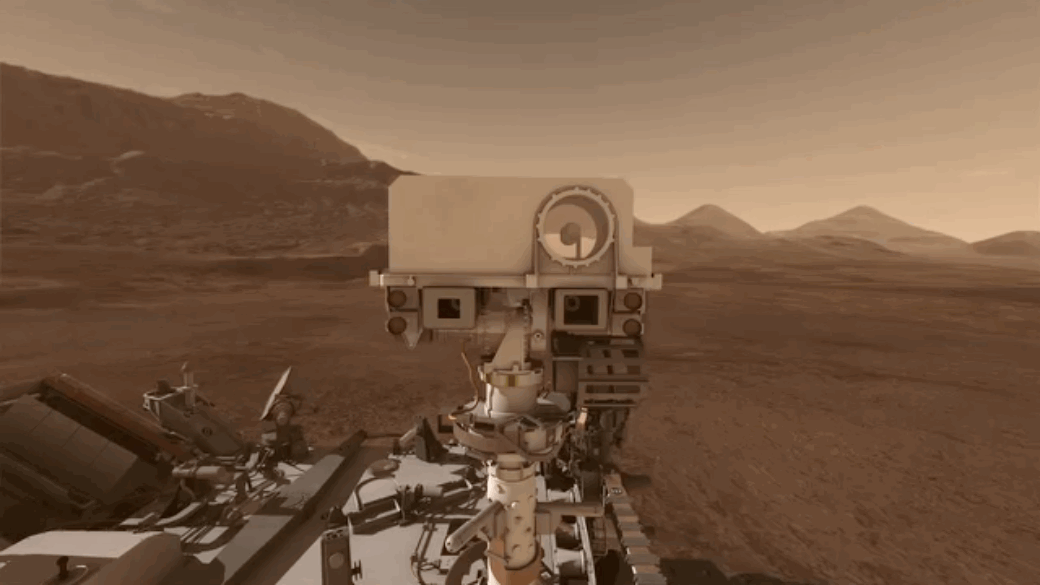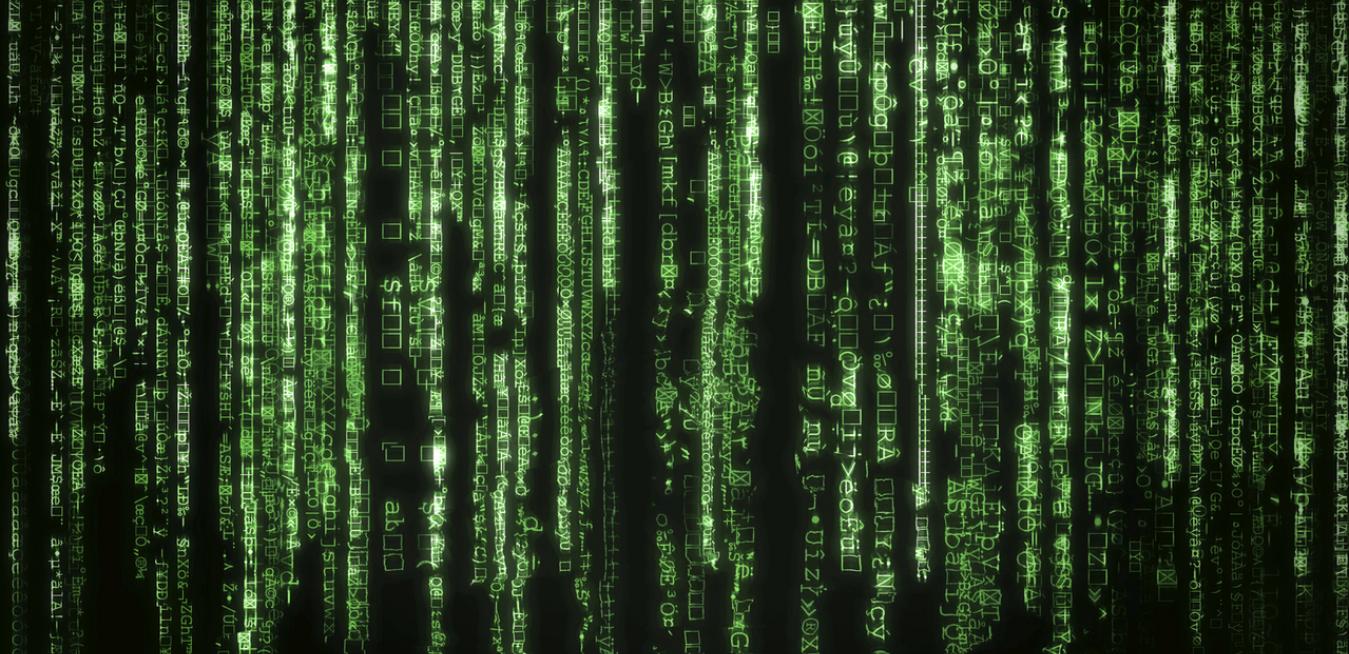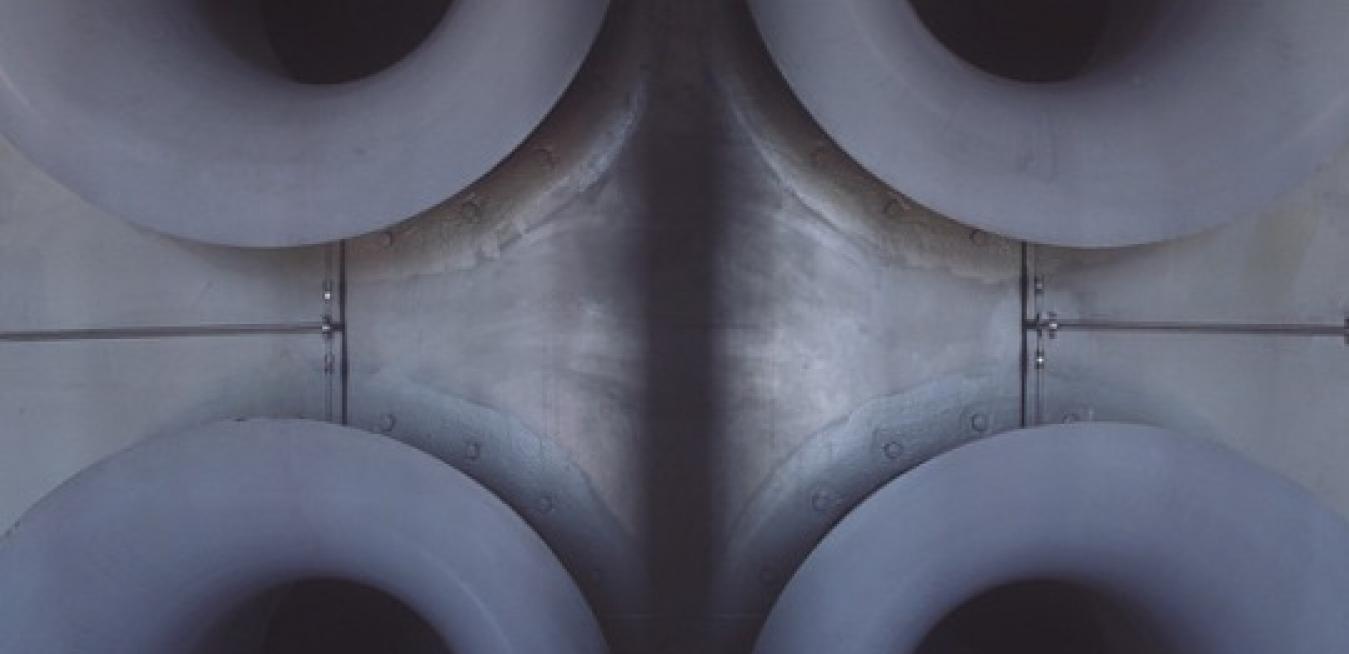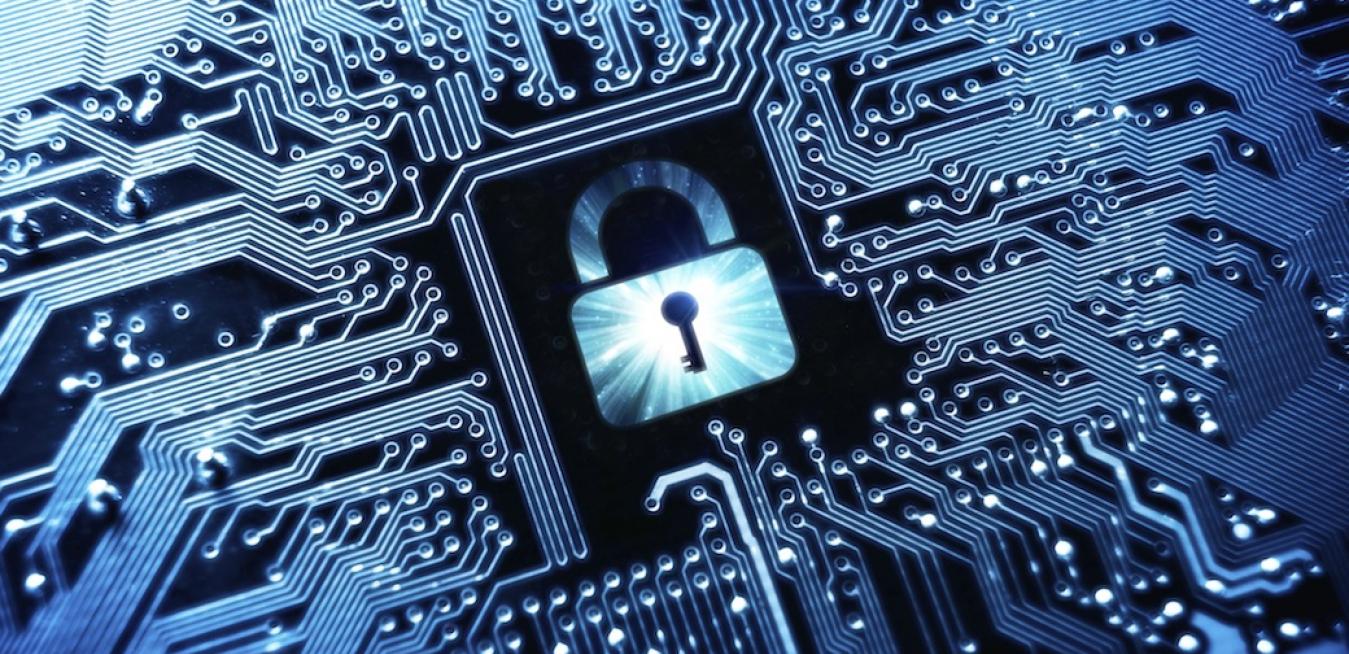But on this day, all is not as it seems. Sure, technicians move around purposefully, performing their normal tasks. Valves open in the right sequence like pipes on an organ. Even trained eyes can’t see anything amiss. But back in the control room, a warning box pops up on the plant operator's screen.
Unless we have clear evidence that artificially intelligent beings we create pose no threat, we need to seriously consider the risk.
Will a Democrat or a Republican win the 2040 U.S. election? Will Google be remembered positively or negatively in 2090? Will humans create new universes by 3002?
The Industrial Internet faces perhaps it’s biggest challenge in space — though also some of the greatest opportunities for breakthroughs in machine-to-machine communication and Big Data analytics.
The explosion of data being emitted from everything from hospital monitors to deep-sea oil wells to jet engines is demanding increasingly robust Big Data analytical tools. But perhaps the greatest test for collecting and analyzing data is at the “final frontier,” with the challenges of beaming back information and images from space expeditions.Instead of trying to guess the risk of cyber attacks, companies should view their industrial assets like an unlocked car — and simply focus on stopping attacks from occurring in the first place.
Part of my job is to evangelize the need for cyber security solutions to protect industrial control systems (ICS). In many instances, when I meet with executives from companies who own or operate industrial technology, they are already aware that their control systems are at risk from cyber attacks.








